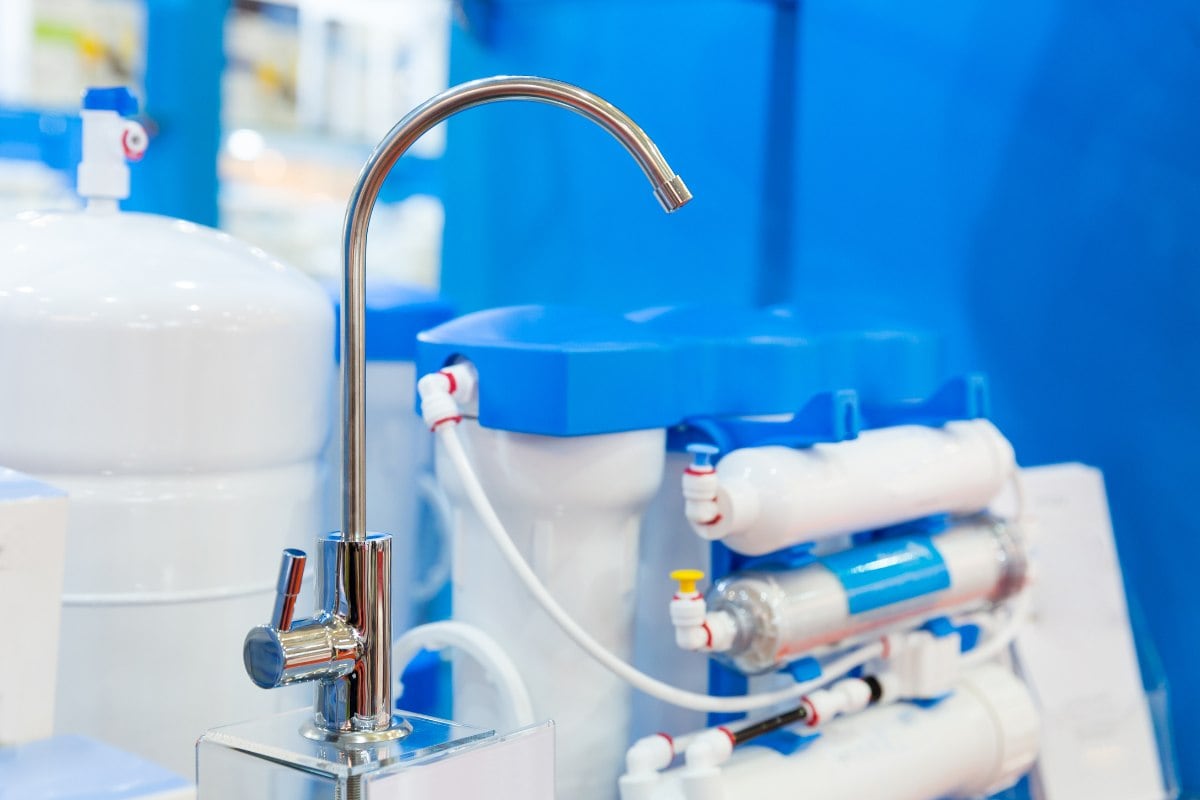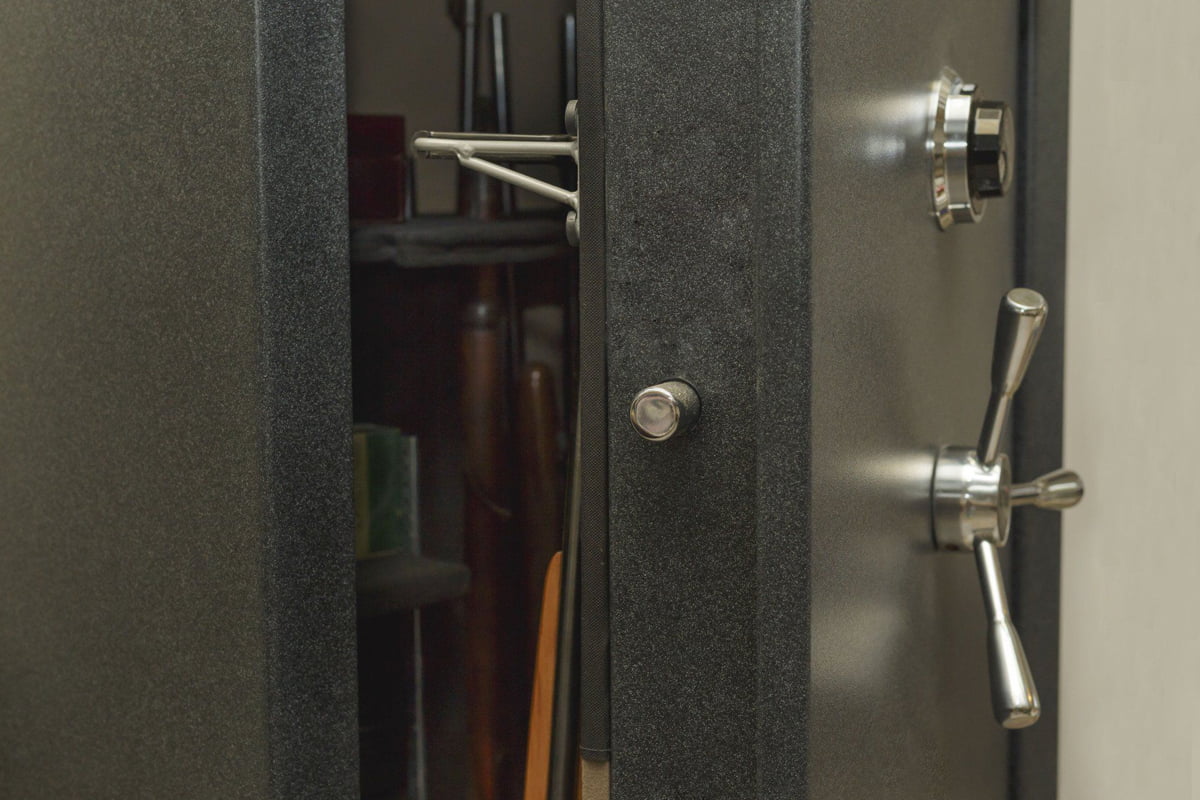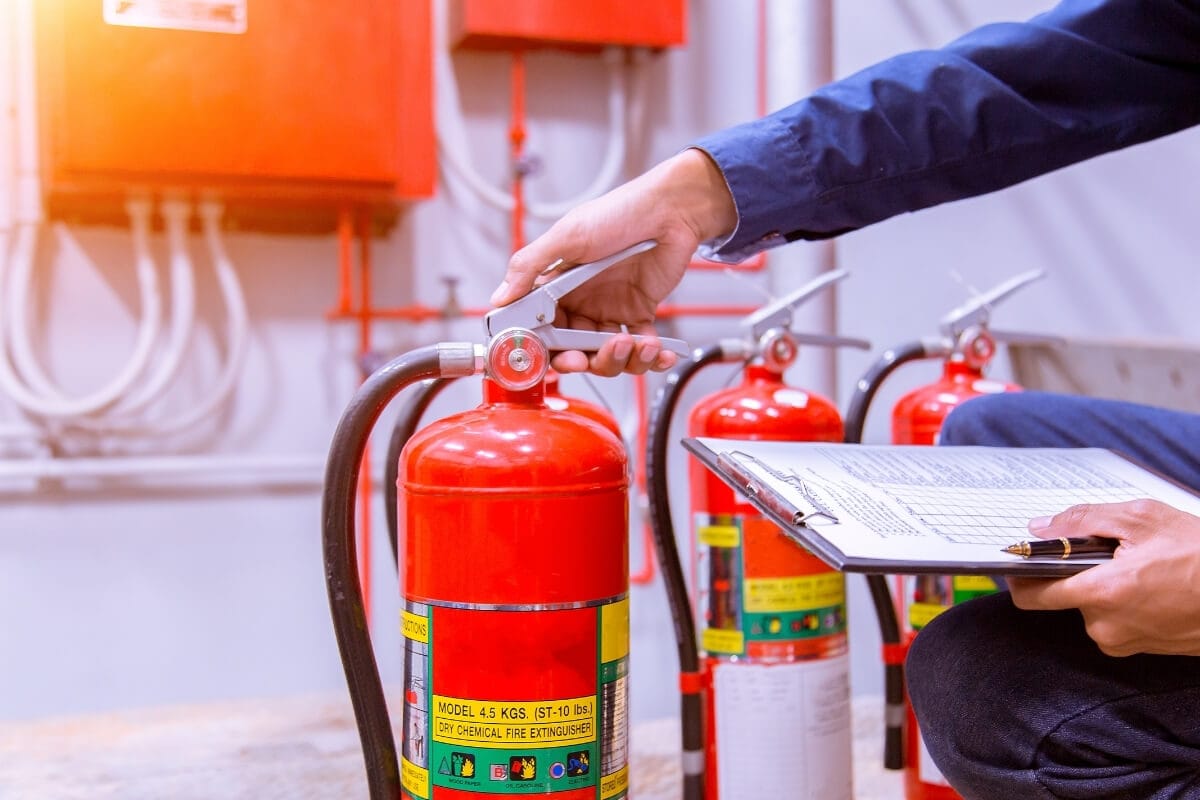A water analysis is used to identify any issues with the water. A water sample is taken and tested in a laboratory to determine its general quality and the substances present in it. Thanks to human activities and some natural phenomena, it is almost impossible to find untreated water that is safe to drink.
A strong rain can cause a crystal-clear spring to flow with brown, muddy water for more than a week. Human activities like mining and manufacturing can release harmful substances that can make the water perpetually contaminated.
The results of the analysis allow experts to determine what is needed for the next course of action, which is water purification.
Water purification is the process of removing or reducing the amount of foreign and potentially harmful substances from the water to within safe levels. This process involves various water treatment methods that are designed to address all the problems of the water.
Some treatments like coagulation and filtration are designed to remove solid particles in the water. Water treatment methods like aeration and ion exchange remove gases and very small particles that are impossible to physically filter out. Then there’s the disinfection process wherein a chemical is added to the water to kill and prevent the growth of disease-causing organisms.
Once the water purification is done, the water is once again analyzed to determine if there is a remaining problem. Once it passes the test, the water is now ready to be sent to households.









